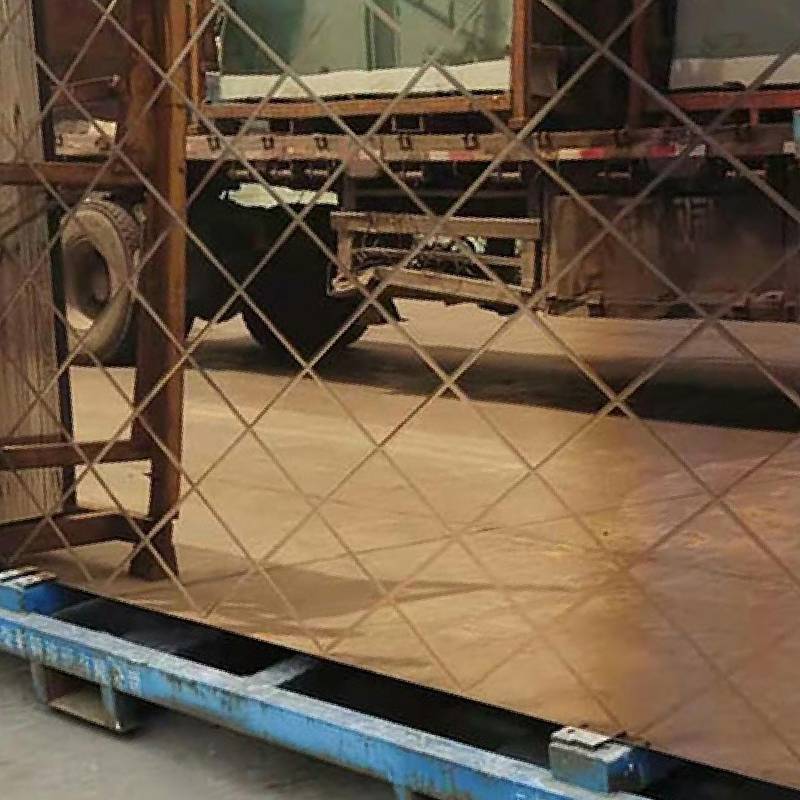Understanding Glass Tempering An Essential Process for Strengthening Glass
Glass tempering, also known as toughening, is a pivotal process in the glass manufacturing industry, enhancing the mechanical strength and safety of glass products. This method transforms standard glass into a high-performance material, widely used in various applications such as windows, shower doors, glass doors, facade systems, and even car windshields. Understanding the glass tempering process is crucial for anyone involved in construction, architecture, or design.
The glass tempering process begins with the selection of high-quality float glass, which is produced by floating molten glass on top of molten tin. This technique creates a uniform thickness and smooth surface. Once the glass has been cut to the desired dimensions, it undergoes a comprehensive heating process. The glass is heated in a tempering furnace to a temperature of approximately 620 to 700 degrees Celsius (around 1148 to 1292 degrees Fahrenheit).
During the heating phase, the glass reaches a state known as 'plasticity.' At this stage, the glass can be molded and shaped without compromising its structural integrity. The key to successful tempering lies in evenly heating the glass to ensure that it acquires uniform thermal characteristics. This even heating prevents internal stresses and ensures the final product is durable.
After the heating phase, the glass is rapidly cooled through a process known as quenching. This is achieved by blowing cool air across the surface of the glass, which solidifies the outer layer while the inner layer remains hot and pliable for a short time. This differential cooling creates a balance of tension within the glass the outer surface is under compression, while the interior remains under tension. This internal balance is what makes tempered glass five to six times stronger than standard glass of the same thickness.
glass tempering
One of the notable advantages of tempered glass is its safety features. When broken, tempered glass shatters into small, blunt pieces rather than sharp shards. This characteristic significantly reduces the risk of injury, making it an ideal choice for environments where safety is a priority, such as homes, offices, and public buildings. Additionally, tempered glass is more resistant to thermal stress, meaning it can withstand higher temperatures without cracking, making it suitable for applications involving hot liquids or exposure to direct sunlight.
Moreover, glass tempering can also enhance the aesthetic qualities of glass products. Coatings and treatments can be applied during the tempering process to create a variety of finishes, allowing architects and designers to achieve a distinctive look that complements modern design trends. This versatility is one of the reasons tempered glass has become a staple in contemporary architecture.
The environmental aspect of glass tempering should not be overlooked. Tempered glass is recyclable, making it a sustainable option in today's eco-conscious market. The glass can be melted down and remolded into new products, thereby reducing waste and contributing to a circular economy.
In conclusion, glass tempering is an essential process that not only enhances the strength and safety of glass products but also offers aesthetic flexibility and environmental benefits. As the demand for durable and sustainable building materials continues to rise, the importance of glass tempering in the construction and design sectors will undoubtedly grow. Understanding its mechanics and advantages is vital for industry professionals looking to utilize this robust material effectively in their projects.
 Afrikaans
Afrikaans  Albanian
Albanian  Amharic
Amharic  Arabic
Arabic  Armenian
Armenian  Azerbaijani
Azerbaijani  Basque
Basque  Belarusian
Belarusian  Bengali
Bengali  Bosnian
Bosnian  Bulgarian
Bulgarian  Catalan
Catalan  Cebuano
Cebuano  Corsican
Corsican  Croatian
Croatian  Czech
Czech  Danish
Danish  Dutch
Dutch  English
English  Esperanto
Esperanto  Estonian
Estonian  Finnish
Finnish  French
French  Frisian
Frisian  Galician
Galician  Georgian
Georgian  German
German  Greek
Greek  Gujarati
Gujarati  Haitian Creole
Haitian Creole  hausa
hausa  hawaiian
hawaiian  Hebrew
Hebrew  Hindi
Hindi  Miao
Miao  Hungarian
Hungarian  Icelandic
Icelandic  igbo
igbo  Indonesian
Indonesian  irish
irish  Italian
Italian  Japanese
Japanese  Javanese
Javanese  Kannada
Kannada  kazakh
kazakh  Khmer
Khmer  Rwandese
Rwandese  Korean
Korean  Kurdish
Kurdish  Kyrgyz
Kyrgyz  Lao
Lao  Latin
Latin  Latvian
Latvian  Lithuanian
Lithuanian  Luxembourgish
Luxembourgish  Macedonian
Macedonian  Malgashi
Malgashi  Malay
Malay  Malayalam
Malayalam  Maltese
Maltese  Maori
Maori  Marathi
Marathi  Mongolian
Mongolian  Myanmar
Myanmar  Nepali
Nepali  Norwegian
Norwegian  Norwegian
Norwegian  Occitan
Occitan  Pashto
Pashto  Persian
Persian  Polish
Polish  Portuguese
Portuguese  Punjabi
Punjabi  Romanian
Romanian  Russian
Russian  Samoan
Samoan  Scottish Gaelic
Scottish Gaelic  Serbian
Serbian  Sesotho
Sesotho  Shona
Shona  Sindhi
Sindhi  Sinhala
Sinhala  Slovak
Slovak  Slovenian
Slovenian  Somali
Somali  Spanish
Spanish  Sundanese
Sundanese  Swahili
Swahili  Swedish
Swedish  Tagalog
Tagalog  Tajik
Tajik  Tamil
Tamil  Tatar
Tatar  Telugu
Telugu  Thai
Thai  Turkish
Turkish  Turkmen
Turkmen  Ukrainian
Ukrainian  Urdu
Urdu  Uighur
Uighur  Uzbek
Uzbek  Vietnamese
Vietnamese  Welsh
Welsh  Bantu
Bantu  Yiddish
Yiddish  Yoruba
Yoruba  Zulu
Zulu 

